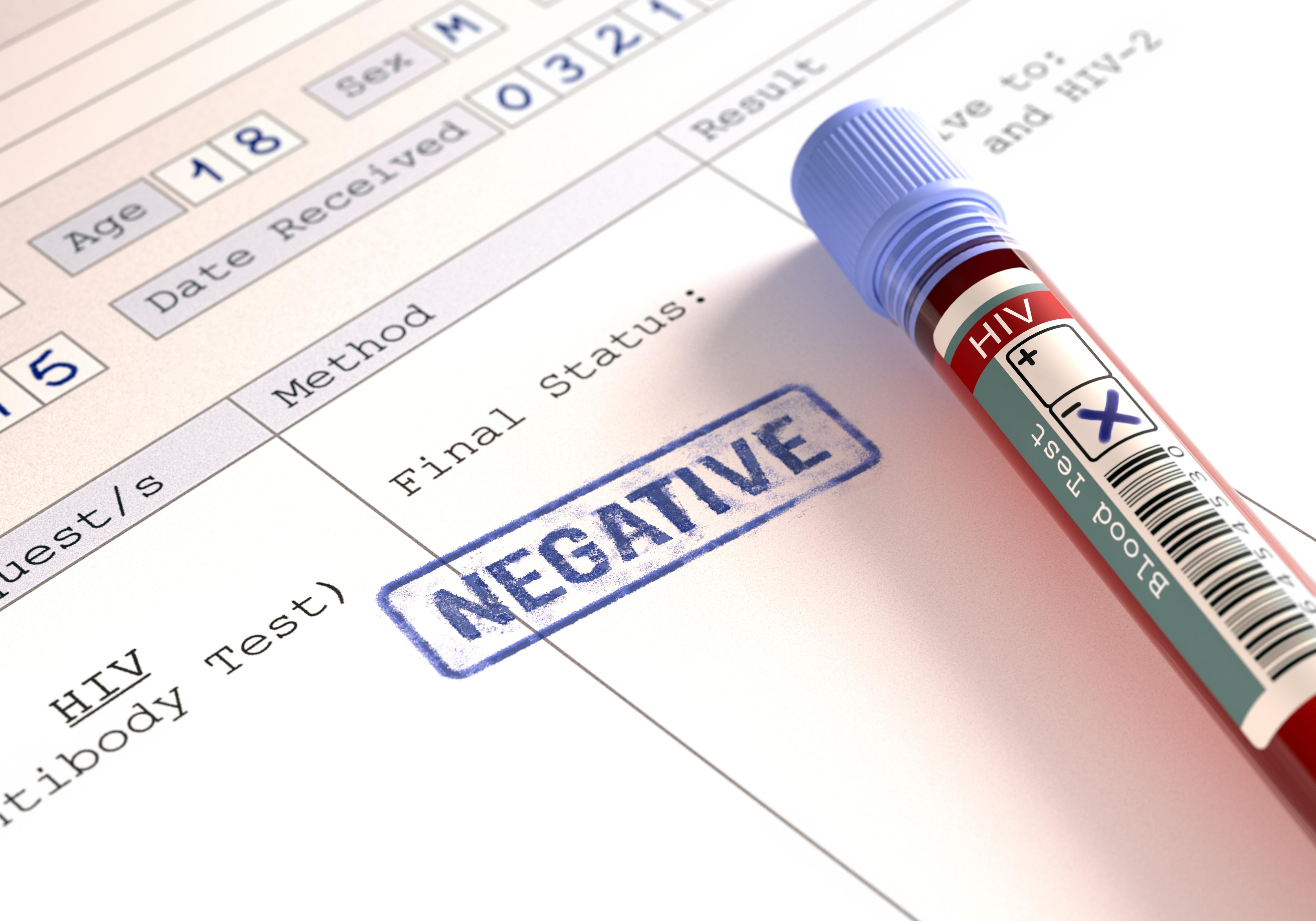
4 minute read
Health Perspectives
My name is Dr. Molly Kachale Netter. I am a Clinician, scientist, and assistant professor of Pathophysiology and Pharmacology at DePaul University’s School of Health Sciences. My interest in the human immunodeficiency virus (HIV) and Acquired Immune Deficiency Syndrome (AIDS) dates from my childhood in sub-Saharan Africa, home to over 50% of people living with HIV in the world. I was probably five years old when HIV as we know it surfaced. I remember my father talking about a disease caused by an “animal” which no one could see. Imagine how confused my five-year-old brain was - how can an animal be invisible? Well, I now know that the animal my father was talking about is HIV because there was no direct translation for the word virus.
My current research interest is HIV Prevention through medications called Pre-exposure Prophylaxis (PrEP). Unlike condoms, HIV prevention using drugs requires a prescription, which therefore gives clinicians the responsibility to inform potential users. Unfortunately, many clinicians may not be aware of or choose not to accept this responsibility to initiate HIV prevention conversations with their patients. Unlike Condoms, HIV PrEP allows individuals to independently protect themselves and their partners against HIV without negotiating. PrEP use is especially advantageous for women who often cannot suggest condom use due to power imbalances in most relationships. However, PrEP use remains suboptimal, with women being least likely to be prescribed.
At its emergence, HIV/AIDS treatment and prevention efforts were geared towards young gay white men because the pattern then was that the disease affected mostly this subpopulation. Similarly, when the Covid -19 virus first surfaced, among the common beliefs was that it did not affect black communities. The consequence was underestimating the pandemic's threat to the general population despite knowing the relationships between social determinants of health and disease burden. Currently, both pandemics disproportionately impact minority populations complicated by multi-layered psycho-socioeconomic inadequacies. For example, minority communities struggle with lack of access to health care, poverty, discrimination, and poor quality of education, affecting how disease burden plays out. Unless contextually addressed, the casualties of both pandemics will continue to overburden these subpopulations. Today, there is an upsurge of new HIV infections among heterosexual women, especially blacks, who are estimated to be 16 times more likely to be infected than White women. Unfortunately, the narrative remains that HIV is a disease of gay men, leading to missed opportunities by clinicians to educate and disseminate PrEP to women who may need it most.
The four decades of progress toward ending new HIV infections by 2030 have been challenged by the emergence of the Covid 19 pandemic. Some reports show that HIV prevention progress has regressed by up to ten years. There are reports of increased HIV infections in some geographic regions and sub-populations, including the United States, where new HIV among heterosexual women, especially women of color, is rising.
Millennials and Generation Z, who are the target audience of this magazine, may not be familiar with HIV because strong anti-retroviral medications, which changed HIV from a death sentence to a chronic disease, emerged around the same time this population was being born. The reality of our times is that we are now concurrently dealing with two pandemics, Covid and HIV, with the latter playing in the background but equally disabling. Unlike Covid-19 infection, which is self-limiting, there is no cure for HIV. However, science has progressed in strides that have made it possible to stop HIV transmission through viral suppression in those living with it and preventing infections before they happen for those who do not have it, leading to the powerful slogan of Undetectable equals Untransmutable.
As a clinician, I test and treat many sexually transmitted diseases, such as gonorrhea, chlamydia, Syphilis, and HIV. Part of my job is to educate patients so that they can practice responsible sex. Most young people, especially those in heterosexual relationships, do not believe that they are at risk of HIV infection, whose main mode of transmission is sexual contact, regardless of gender or sexual orientation. One's chances of contracting HIV are increased by the contraction of other sexually transmitted diseases, something that needs to be emphasized. Any sexually active adult carries some risk of getting infected.
Why does HIV matter? It is a disease at the intersection of religion, politics, socioeconomics, geography, history, culture, race, etc.
I look forward to sharing with you the relevance of HIV in our society today and in the future, especially in the context of social determinants of health through the lens of the black community—the myths, controversies, and realities.









